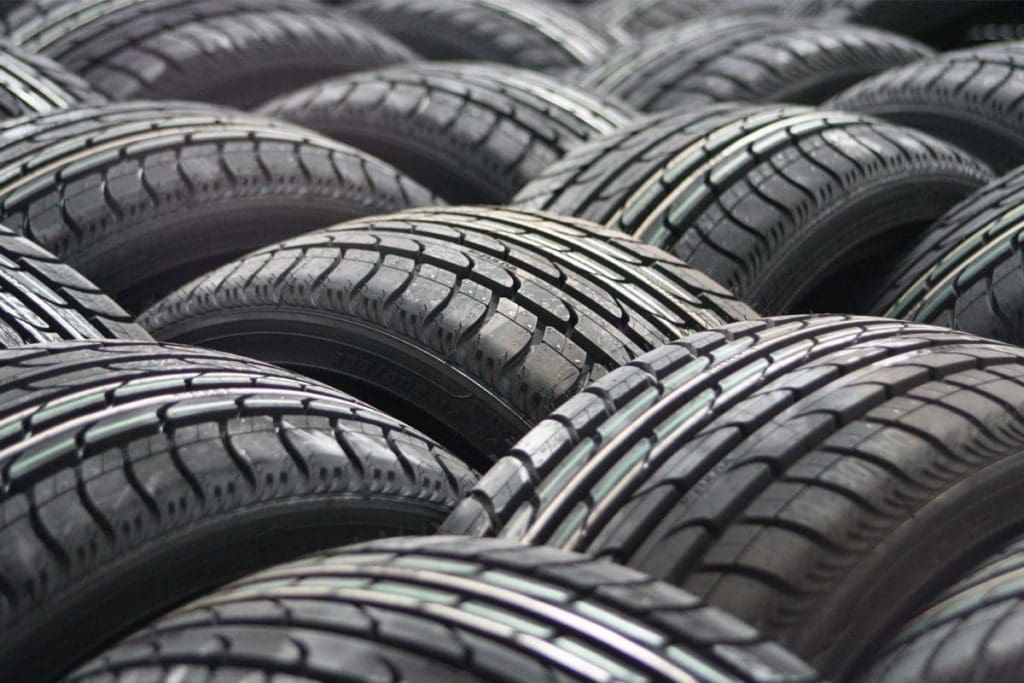Car Tyre Dust a Far Greater Threat Than Tailpipe Emissions

High Wycombe, UK
Tyre wear emissions are many times worse for environmental and health issues than vehicle exhaust fumes from modern vehicles, according to a study by a UK emissions analysis company.
Figures recently released by Emissions Analytics indicated tyre wear emissions in normal driving conditions are around 1,850 times greater than “real-world tailpipe particulate mass emissions”.
“Tailpipe emissions are falling over time, as exhaust filters become more efficient and with the prospect of extending the measurement of particulates under the potential future Euro 7 regulation, while tyre wear emissions are rising as vehicles become heavier and added power and torque is placed at the driver’s disposal,” according to an Emissions Analytics report from the research.
“Half a tonne of battery weight can result in tyre emissions that are almost 400 times greater than real-world tailpipe emissions, everything else being equal.”
“On current trends, the ratio may well continue to increase.”
A similar study by the company in 2020 concluded “tyre particulate wear emissions were 1,000 times worse than exhaust emissions”.
With electric vehicles typically heavier than comparable fossil fuel-powered vehicles, micromobility advocacy groups are saying the Emission Analytics study further emphasises the importance of smaller e-mobility devices to meet global emissions and general sustainability targets.
Emissions Analytics said its 2020 study attracted an unprecedented level of feedback for the company, particularly from the electric vehicle community, “sensitive to any suggestion that the added weight of these vehicles might lead to tire wear emissions that might confound the ‘zero emissions’ tag”.
“Excess emissions under aggressive driving should alert us to a risk with BEV (battery electric vehicles),” the report says.
“Half a tonne of battery weight can result in tyre emissions that are almost 400 times greater than real-world tailpipe emissions, everything else being equal.
“It is important to say that a gentle BEV driver, with the benefit of regenerative braking, can more than cancel out the tire wear emissions from the additional weight of their vehicle, to achieve lower tyre wear than an internal combustion engine vehicle driven badly.
“An important difference between tyre and tailpipe particle emissions is that most of the former is understood to go straight to soil and water, whereas most of the latter is suspended in air for a period, and therefore negatively affects air quality.”
It says lower-quality types are generally more likely to produce a higher proportion of finer emissions, including particulates smaller than 2.5 microns in diameter – the common metric for fine particle dust which can be airborne.
Airborne tyre emissions below this size were still calculated to be more than 400 times higher than tailpipe emissions.
We Ride Australia’s Director – National Advocacy, Stephen Hodge, said: “If the research results are confirmed, they will be yet another tool in our arsenal of arguments for investment in active transport.
“The report further highlights the problems with motor vehicle congestion and the need to provide a greater range of options for people’s daily local trips.”
A research paper commissions by the European Union, Plastics in the Marine Environment, found tyres were the leading single cause of marine microplastics, amounting to 270 million tonnes per annum.
The Emissions Analytics study found toxicity levels varied significantly between different brands and models of tyres.
“Our research so far shows that the least toxic tyres are one-third as toxic as the worst,” it says.
Tyre Benchmarking Database
Emissions Analytics recently launched a tyre compound profiling and benchmarking database, EQUA Tyre, based on test results and raw data from independently sourced samples from more than 40 manufacturers and hundreds of different models of tyre.
It says EQUA Tyre will bring transparency to an area that has historically been under-researched, and which is now in the spotlight as a result of ever-heavier vehicles and rapidly cleaning tailpipes.
Its launch comes as the European Union considers potential new Euro 7 vehicle emissions regulations and whether to incorporate limits for non-exhaust emissions.
Emissions Analytics says the EQUA Tyre database will provide tyre manufacturers and other suppliers, regulatory bodies and non-governmental parties with access to a comprehensive and independent assessment of tyre composition.
“This potentially points to the best ways to drive reductions in environmental and health impact through incentives to develop improved products,” the company says.
